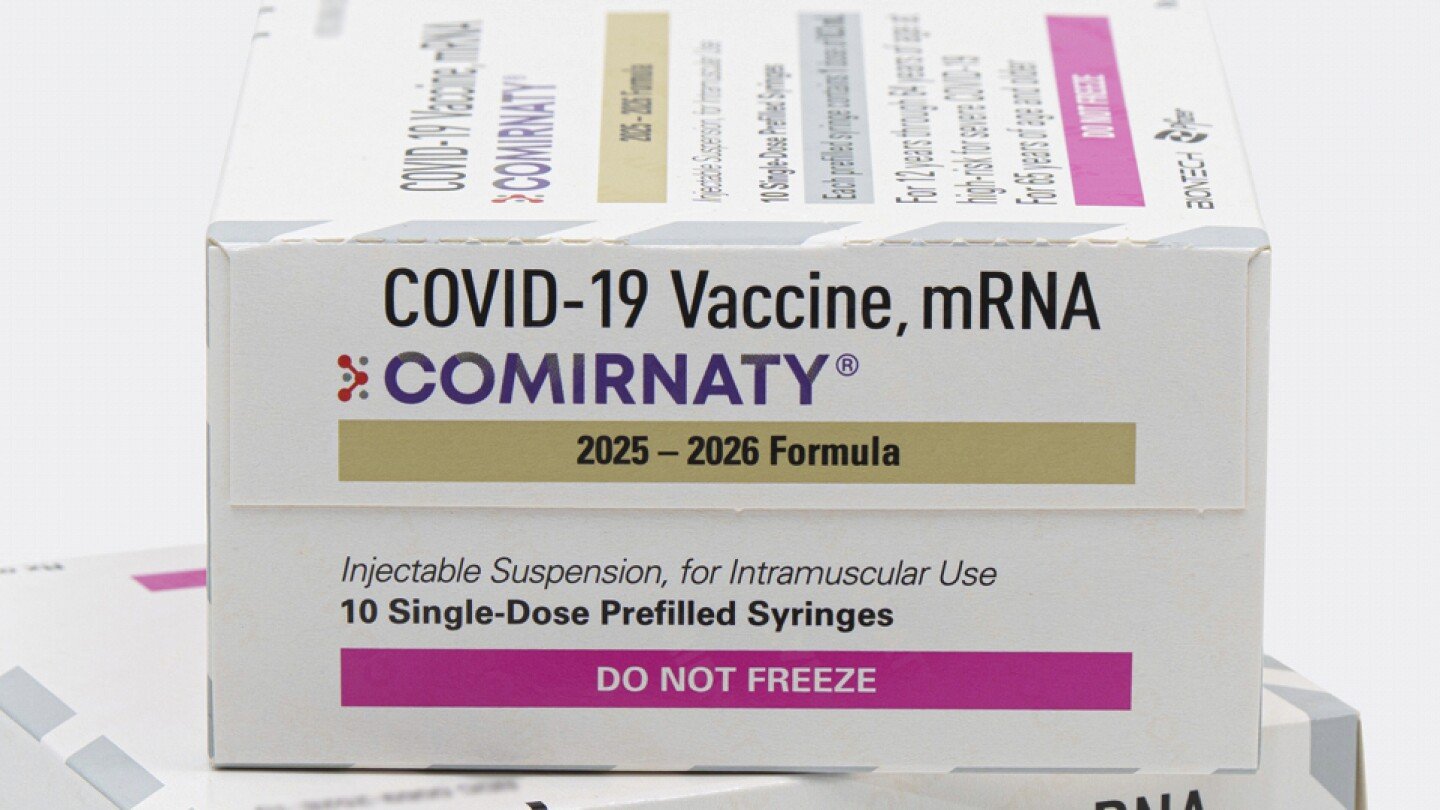Look to the skies on Sept. 7-8 to witness Earth’s shadow roll over the lunar disk, giving rise to a deep red “blood moon.” Here’s what to expect during each phase of this week’s total lunar eclipse.
A total lunar eclipse occurs when Earth passes between the moon and sun, temporarily bathing the entire lunar disk in its shadow. This in turn causes our natural satellite to glow a deep red, as the scattered light from every sunrise and sunset on Earth is bent onto the lunar disk.
Several distinct phases will be on display during the Sept. 7-8 total lunar eclipse, which will be visible in its entirety across swathes of Asia, western Australia and eastern Europe, while other countries like Spain and Norway will witness only a partial eclipse.
You can safely view a lunar eclipse through the glass of a telescope, binoculars, or with the naked eye, so there’s no need to worry about using the specialized eclipse glasses and filters needed to protect your eyesight from the light of a solar eclipse!
If you live outside of the viewing area or can’t make it outside to view the eclipse live, luckily you can watch the blood moon total lunar eclipse on Sept. 7 with these free livestreams.
Read on to discover exactly what you should expect from each stage of this week’s total lunar eclipse.
The stages of the total lunar eclipse
The moon enters Earth’s penumbra
The soft, outer part of Earth’s shadow, known as the penumbra, will begin to sweep across the lunar surface at 11:28 a.m. EDT (1528 GMT) on Sept. 7. The shading of the lunar surface during this phase is incredibly subtle and will first become perceptible as a slight darkening on the upper left of the lunar disk a little under an hour after the start of this initial penumbral phase.
Sharp-eyed observers may see this gentle shadow creep eastward across the basaltic plains of the lunar maria that scar this part of the lunar disk, before Earth’s silhouette makes a much grander entrance just a few minutes later.
Earth’s inner shadow falls upon the lunar disk

The moon will begin its drift into the deepest part of Earth’s shadow, the umbra, at 12:27 p.m. EDT (1627 GMT). The shadow seen during this partial phase of the lunar eclipse is far sharper than the subtly diffuse one of the earlier penumbral phase. Earth’s vast silhouette will appear to consume the upper left extreme of the lunar disk within minutes of the onset of the umbral phase, before advancing eastward at a dramatic pace.
By the time Earth’s umbral silhouette has covered 75% of the lunar surface, the moon’s shadowed regions may appear to adopt a deep red-brown color, as longer, redder wavelengths of sunlight are refracted onto the moon’s surface by our planet’s dense atmosphere.
Totality

The crescendo of the Sept. 7-8 lunar eclipse will begin at 1:30 p.m. EDT (1730 GMT) as the final sliver of the lunar disk falls into the shadowy embrace of Earth’s umbra, signaling the start of totality. During this phase, the lunar disk will transform into a spectacular blood moon, as it bathes in the red-orange refracted light of every sunset and sunrise happening on Earth at that moment. The brightness and color of the moon during totality will depend on a number of factors ranging from the weather conditions on Earth to the amount of dust present in our atmosphere.
Totality will last for approximately 82 minutes according to Time and Date, with the point of maximum eclipse occurring at 2:11 a.m. EDT (1811 GMT). During this time, viewers may notice the lower portion of the lunar disk around Mare Nubium (the Sea of Clouds) appear slightly lighter than the upper region of the lunar disk, which passes closer to the center of Earth’s vast umbral shadow.
Earth’s shadow slips from the lunar disk

Earth’s umbra will begin to slip from the lunar disk at 2:52 p.m. EDT (1852 GMT), revealing a bright crescent on the left edge of its disk that will grow to engulf the entirety of the moon’s surface, banishing the ruddy glow of totality. This partial eclipse phase will last a little over an hour, after which our planet’s penumbral shadow will recede left to right across the lunar disk, with the eclipse drawing to a close at 4:55 p.m. EDT (2055 GMT).
The Sept. 7-8 total lunar eclipse will be followed by a partial solar eclipse on Sept. 21, which will be visible from parts of southern Australia, a slew of Pacific islands and Antarctica.
Editor’s Note: If you capture a picture of the total lunar eclipse and want to share it with Space.com’s readers, then please send your photo(s) and comments, along with your name and the location of your shoot to spacephotos@space.com.












































